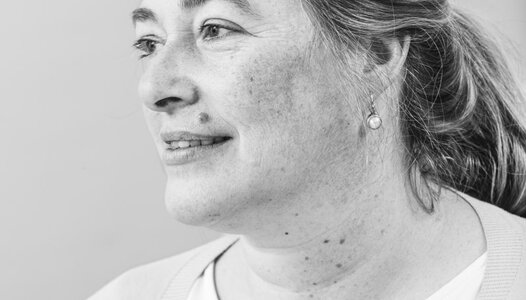The city of Bremerhaven is developing a vibrant district close to the city center in the Rudloffstrasse area in close consultation with local residents. The area, which is currently characterized by a disorderly building and usage structure, is to combine a wide range of services as well as living and working in the future.
The historically evolved heterogeneous building and usage structure directly adjacent to the Havenwelten tourism resort does not do justice to the quality of the district's location close to the city center. For this reason, the city council and Bremerhaven's urban planning office have decided to promote the urban area: As part of the restructuring of the new quarter around Rudloffstrasse, the aim is to complement old and new uses in such a way that the area is sustainably filled with new life that lives up to its location close to the city center.
The declared aim of combining living and working as well as various service offerings is to contribute to the sustainable development and revitalization of the district through flexible and well thought-out solution models.
Rudloffstrasse development area: 29 attractive hectares that clearly score points with their central location:
To the south
The adjacent Havenwelten, city center and pedestrian zone, university, Alfred Wegener Institute Helmholtz Center for Polar and Marine Research, theater and museums
To the east
The trendy "Alte Bürger" district, the green spaces Martin-Donandt-Platz and Waldemar-Becké-Platz as well as the awakening Wilhelminian style district Goethestraße
In the north
The overseas port area
To the west
Lots of water and harbors - the river Weser, the tourism resort Havenwelten and the industrial port Kaiserhafen
In the Rudloffstrasse development area, innovative urban development is being realized with public participation.
Back in 2017, the city of Bremerhaven organized a future workshop in which numerous citizens took part. The results obtained here are incorporated into a list of criteria for further project and urban development measures.
The focus was on the desire for lively open space development through the creation of public squares, paths and greening measures as well as the realization of a diverse range of leisure activities. However, great attention was also paid to the need for mixed use of working and living areas and the expansion of the already well-integrated mobility system.
The 60-page documentation can be found under Downloads.
